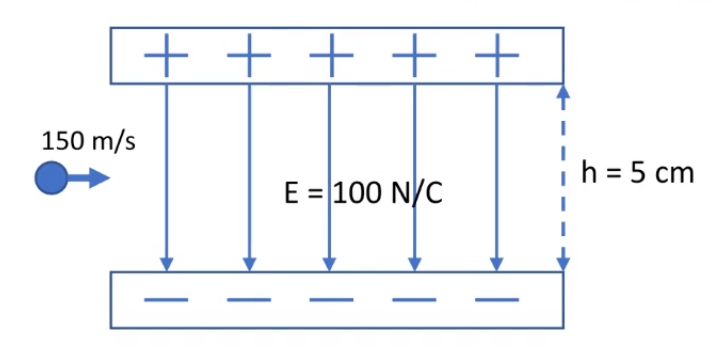Capacitors are essential components in electrical circuits, consisting of two parallel plates that hold equal and opposite charges, creating a uniform electric field between them. This electric field, denoted as E, is directed from the positive plate to the negative plate and remains constant at all points within the space between the plates. The uniformity of the electric field arises because the electric fields produced by the charges on the plates cancel each other out symmetrically, resulting in a consistent direction and magnitude.
The relationship between the electric field and the charge on the plates can be expressed with the equation:
\( E = \frac{Q}{\varepsilon_0 A} \)
In this equation, Q represents the charge on each plate, A is the area of the plates, and \(\varepsilon_0\) is the vacuum permittivity, a constant valued at approximately \( 8.85 \times 10^{-12} \, \text{F/m} \). This constant is related to Coulomb's constant, \( K \), through the equation:
\( K = \frac{1}{4 \pi \varepsilon_0} \)
For practical calculations, if the electric field between the plates is known, along with the area of the plates, one can rearrange the equation to solve for the charge:
\( Q = \varepsilon_0 A E \)
When working with the area of the plates, it is crucial to convert units correctly. For example, if the area is given in square centimeters, it must be converted to square meters by applying the conversion factor twice (since area is a two-dimensional measurement). For instance, \( 5 \, \text{cm}^2 \) converts to \( 5 \times 10^{-4} \, \text{m}^2 \).
In summary, capacitors store electrical energy by maintaining a charge difference between their plates, and the electric field generated between them is a fundamental concept in understanding their behavior in circuits. The ability to calculate the charge based on the electric field and plate area is a key skill in electrical engineering and physics.



